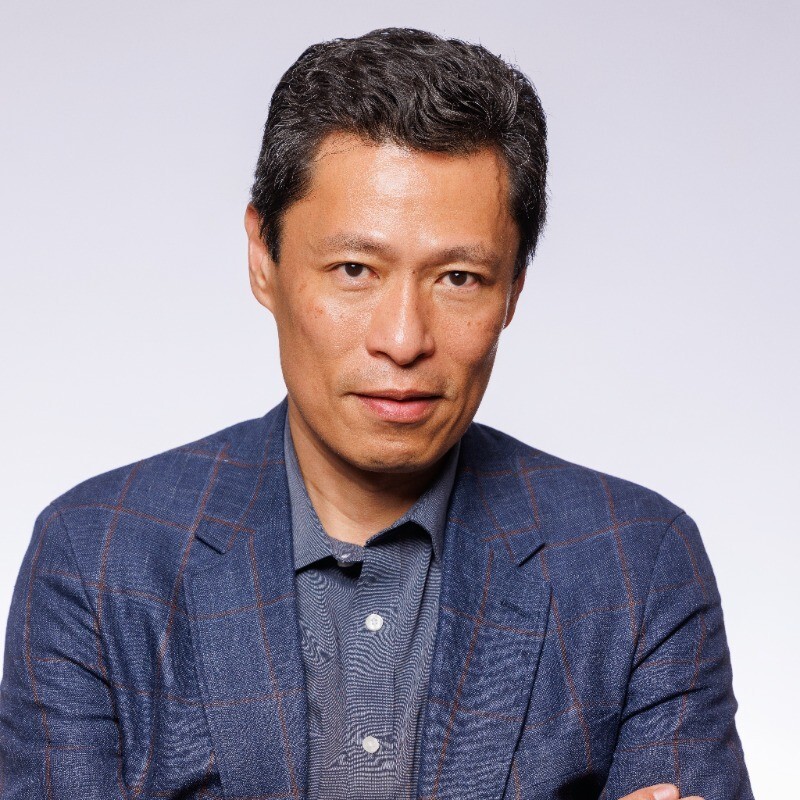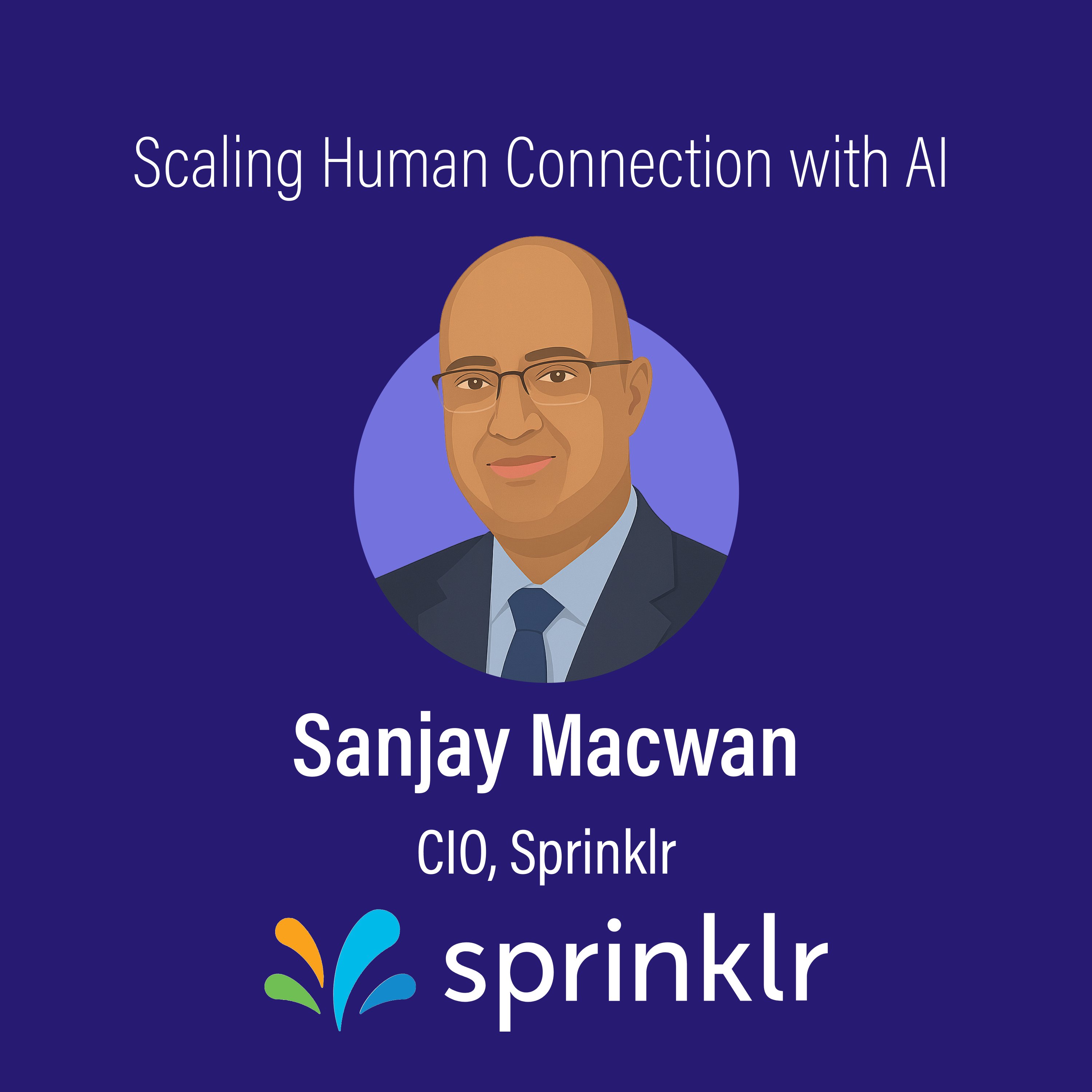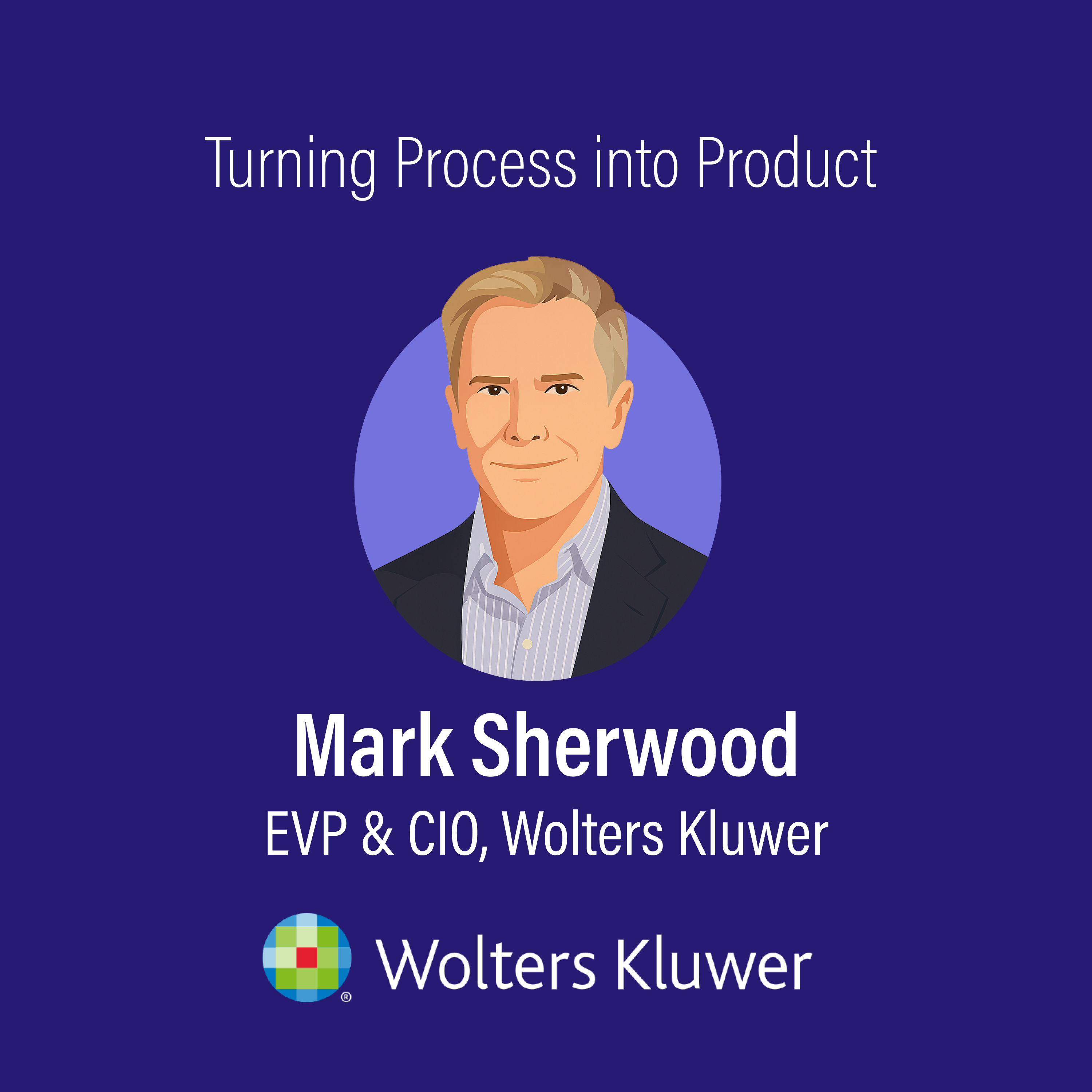From Legacy to Leapfrog: AI Innovation at Avnet
On the 54th episode of Enterprise AI Innovators, hosts Evan Reiser (Abnormal AI) and Saam Motamedi (Greylock Partners) talk with Max Chan, Senior Vice President and Chief Information Officer at Avnet. With over $20 billion in revenue and a 104-year legacy, Avnet is one of the largest global distributors of electronic components. In this conversation, Max outlines how his team is deploying AI across engineering, quoting, customer support, and IT workflows to drive measurable impact and long-term innovation.
Max’s transformation journey started well before the AI hype cycle. "Seven or eight years ago, we knew our monolithic ERP wouldn't be able to serve what we needed to do moving forward," he says. This led to a comprehensive modernization effort, transitioning to a cloud-first, composable architecture that laid the foundation for their current AI strategy. "That change truly helped with driving any and every innovation that we are talking about today."
Avnet uses a two-axis model to guide AI implementation. The first axis categorizes solutions into out-of-the-box tools, embedded vendor features, and custom-built applications. The second axis is a maturity model ranging from personal productivity tools to fully autonomous business processes. For example, Avnet engineers now use AI to co-design circuit boards with instant feedback on power, form factor, and part availability. "That helped with accelerating our ability to go back to the customers and either provide a more comprehensive quote, a more complete quote, or a better design in a much shorter timeframe," Max says.
Another standout win: a vertical knowledge platform that uses AI to search massive internal databases of component specs and reference architectures. "It has really helped with productivity, and also expanding that knowledge base." Max explains. They're also applying AI in quoting and customer service to automate high-friction workflows.
But Max is candid about failures too. An early contract generation use case didn’t stick. "The team felt that, in the business that we are in, we have to deal with a lot of different exceptions. And since we have to go through it and get through the exceptions anyway, it doesn't help us as much as we thought it would." he shares. Still, it paved the way for later breakthroughs by helping the team understand AI orchestration layers.
To build enterprise buy-in, Max took a show-don’t-tell approach with the board: "We did a teaser: ‘Here are five or 10 use cases that we have tried generative AI on, and this is what the outcome looks like." He now tracks progress through a structured maturity model and quarterly board updates.
"A CIO from one company is very different from another. We look at it on the business value that the CIO creates and delivers to the organization. Are we impacting the top line? The bottom line?" Max says. His team now runs internal hackathons to generate new use cases, embeds experimentation into IT performance goals, and treats AI as a tool to amplify instead of replace people. Looking ahead, he sees AI enabling fully autonomous business journeys, with humans focused on strategy and creativity.





